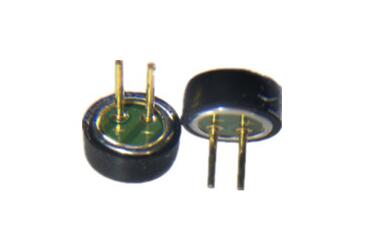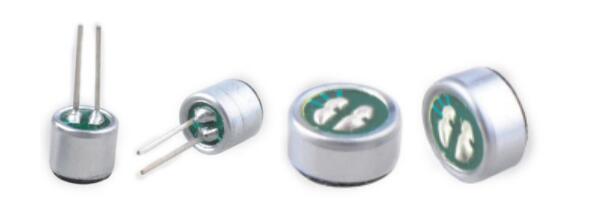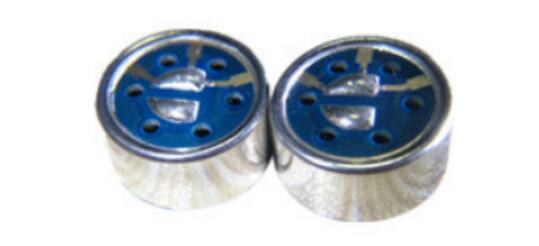Dynamic Range
The upper limit of the dynamic range of the microphone is determined by the distortion tolerance of the pickup system (microphone and preamplifier), and the lower limit is determined by the noise level of the pickup system.
For electrodynamic (including moving coil and aluminum ribbon) microphones, when the excitation sound pressure is very high, the vibration of the moving coil or aluminum ribbon has reached the nonlinear region of the magnetic circuit, resulting in nonlinear distortion. For condenser microphones, since the condenser capsule is followed by a built-in preamplifier, nonlinear distortion is often caused by overloading the preamplifier. The distortion of the microphone is usually set as the allowable upper limit of the harmonic distortion coefficient of 1%, that is to say, the input sound level when the microphone produces 1% harmonic distortion is the maximum allowable sound pressure level. In terms of distortion, the dynamic microphone is an extremely robust microphone, often achieving a total dynamic range of 140dB. Its ability to withstand high sound pressure levels and strong vibrations is much greater than that of condenser microphones, so it is often used in live performances with high sound pressure levels.
In actual recording, the low-frequency boost caused by the proximity effect will reduce the clarity of the sound, especially in speech recordings, in order to avoid excessive bass, some microphones have a low-frequency roll-off filter switch, which can attenuate effect to restore a flat, natural sound balance. On the other hand, some singers also use the proximity effect to increase the proportion of low-frequency sounds in order to obtain warmth and fullness of the singing voice, so they deliberately pick up sounds close to the microphone.
Phantom Power
When the omnidirectional electret condenser microphone
is working, a DC polarizing voltage needs to be applied to the plate. Phantom power refers to a power supply method that uses a cable that transmits audio signals to transmit DC polarized power. It contains both the audio signal voltage and the DC supply voltage in the same cable. The application of phantom power eliminates the need for a recording engineer to provide a separate power supply for each condenser microphone, and the power supply does not affect other back electret microphone on the same path, such as unidirectional condenser microphone.
FBELE company
focuses on electro-acoustic products, electret microphone microphone (microphone), condenser microphone, active noise reduction microphone, Bluetooth headset microphone, microphone core, patch microphone, etc. It integrates design, development and production. Rich experience. It has the characteristics of small size, selectable range of sensitivity, wide frequency response range, high signal-to-noise ratio, low distortion, good sound quality and low cost. It is the current mobile phone, earphone, Bluetooth, voice-activated lights, electronic toys, hearing aids, Walkie-talkies, tablet computers, driving recorders, automotive communications, smart voice, smart home and other fields. There are complete supporting departments in a series of links from customer service, order taking, production, quality control, logistics, personnel, etc. After nearly 10 years of hard work, we have a professional and technical team with strong technology Trained production staff.
FBELE is based in the electro-acoustic field, realizing product diversification and serialization, and orderly coordination and development.
FBELE sincerely helps every customer control costs and improve product competitiveness no matter when and where. Provide high-quality services to meet demand and achieve a win-win situation!













